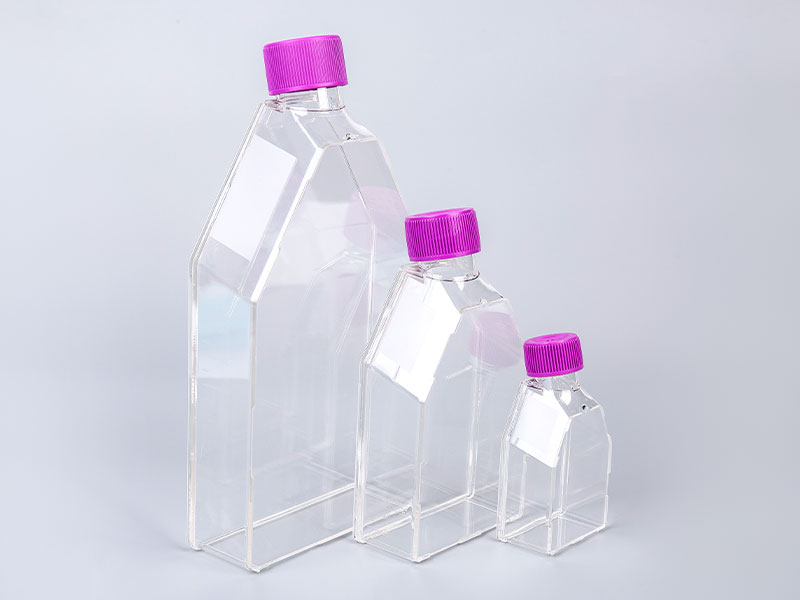What does it mean for cell culture flasks to be irradiation sterilized?
In the realm of biological research and cell culture experiments, maintaining a sterile environment is paramount. Cell culture flasks, essential vessels for growing and studying cells in vitro, undergo rigorous sterilization processes to ensure the integrity and reliability of experimental results. One of the most effective methods employed for this purpose is irradiation sterilization.
Irradiation Sterilization Process
Irradiation sterilization involves the use of ionizing radiation, such as gamma rays or electron beams, to eliminate microorganisms from the surfaces and interiors of cell culture flasks. This method is preferred for its ability to penetrate the packaging and materials of the flasks, reaching and disrupting the genetic material of microorganisms. The radiation effectively kills bacteria, fungi, viruses, and even resistant spores, ensuring that the flasks are free from contaminants that could compromise experimental outcomes.

Microbial Elimination and Sterility Assurance
The primary goal of irradiation sterilization is to achieve a high level of sterility assurance. It targets a wide spectrum of microorganisms, including those that are particularly resilient to other sterilization methods. By disrupting the DNA and cellular structures of microorganisms, irradiation sterilization leaves no viable pathogens behind, thereby preventing contamination of cell cultures.
Compatibility and Safety
Cell culture flasks are typically made from materials like polystyrene, chosen for their clarity, biocompatibility, and ease of manufacture. Irradiation sterilization is compatible with these materials, as well as with various other plastics commonly used in laboratory settings. Importantly, the process does not introduce toxic residues or alter the physical properties of the flasks, ensuring they remain suitable for cell culture applications.
Quality Control and Validation
Manufacturers adhere to stringent guidelines and quality control measures when implementing irradiation sterilization. Each batch of flasks undergoes validation procedures to determine the appropriate radiation dose required for sterilization while maintaining the structural integrity of the Cell culture flasks. This meticulous approach guarantees that the sterilization process is effective and reliable, meeting the stringent requirements of biological research and pharmaceutical applications.
Advantages in Practical Application
Once irradiation sterilization is completed, the cell culture flasks remain sterile until the packaging is opened. This reduces the risk of contamination during transportation, storage, and handling in laboratory environments. Researchers can confidently use sterilized flasks directly from the packaging, streamlining workflows and minimizing the potential for experimental errors due to microbial contamination.
For more information, please call us at +86-0571-87993109 or email us at hzbioland@126.com.
Aseptic vacuum filters, like Bioland™ disposable vacuum filtration units, are designed for high-effi...
Whether used in the food hygiene industry, water monitoring, or research labs, selecting the right m...
Narrow-mouth reagent bottles are essential tools in laboratories, offering precise storage solutions...
In laboratory diagnostics, particularly in PCR (Polymerase Chain Reaction) testing, efficiency is pa...
When working with the Bioland™ Cell Shaker, one of the most crucial factors in ensuring successful c...
Polymerase chain reaction (PCR) is one of the most vital techniques in molecular biology, allowing s...

 中文简体
中文简体 English
English Español
Español русский
русский











